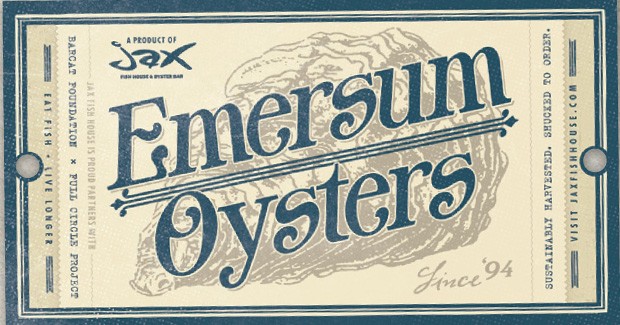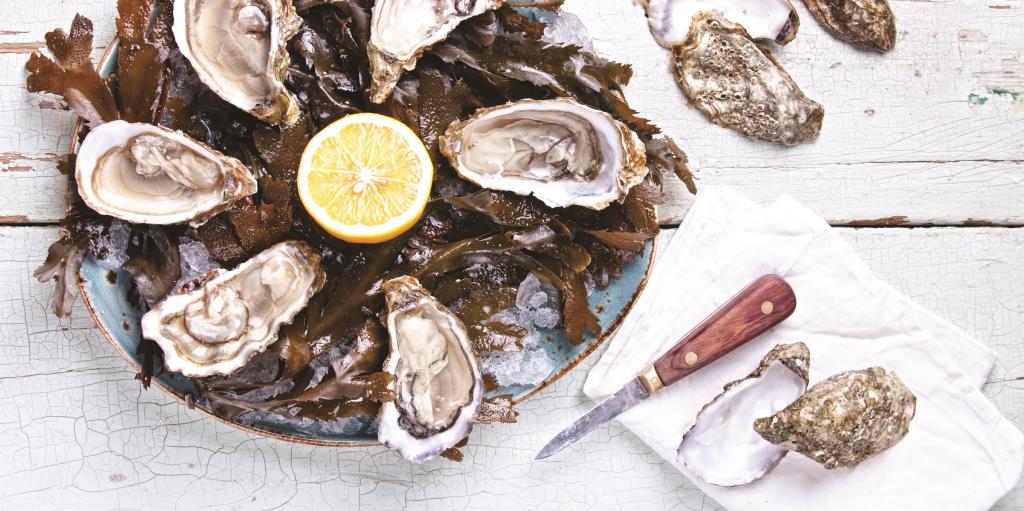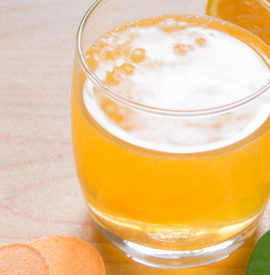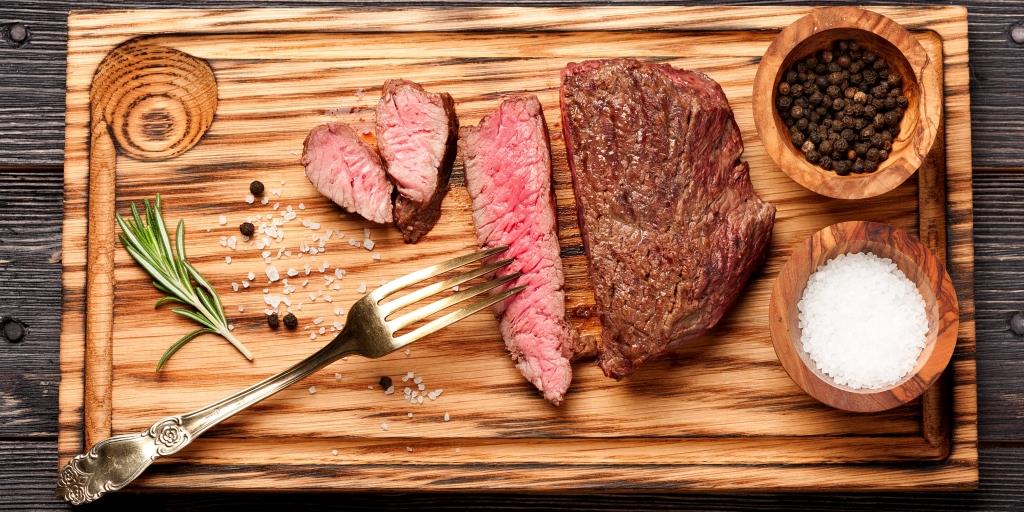Bivalve! I Think You’ve Got It
East Coast oysters are in season now. Serve ’em up; slurp ’em down.
Landlocked middle-Americans needn’t fear or avoid fresh shellfish, insists Rowan Jacobsen, author of A Geography of Oysters: The Connoisseur’s Guide to Oyster Eating in North America (Bloomsbury USA, 2010). “The national supply chain works the same in all areas, so merchants in the middle of the country are getting their seafood at virtually the same time that merchants on the coast are,” he says. “I think the whole freshness thing is a bit atavistic. Location isn’t an impediment.”
Sheila Lucero, head chef at Jax Fish House and Oyster Bar in Glendale, agrees. “We order and receive oysters seven days a week,” says Lucero. “We speak to purveyors daily about what they have coming out of the water. The oysters get harvested and brought to a refrigerated warehouse where they are hand-sorted, bagged and placed in a cooler with gel packs and shipped to us the next day. If you’ve ever used FedEx or UPS, you should understand how fast things can get from point A to point B,” she says.
November and December are peak season for East Coast oysters, which means this is not only a great time to head to Jax for their $1.25 oyster happy hour—they serve up to 30,000 oysters every month—but also prime time for buying and preparing oysters at home.

LOVE IT: Loaded with heart-healthy omega-3s and zinc and classified a “Best Choice” by the Monterey Bay Aquarium Seafood Watch—which rates the eco-friendliness of seafood based on common farming and fishing practices—oysters are a fun and sustainable departure from shrimp, scallops and fin fish. Whether harvested from either of North America’s coasts, the Gulf of Mexico, New Zealand, Australia or South America, the tasty mollusks take on flavor profiles of the waters in which they live, ranging from the mild, buttery Kumamoto of California to the briny piquancy of East Coast Pemaquids.

BUY IT: Ask your local fishmonger when and how often he receives his fresh oyster shipments, and get to the store that day or soon after. “Oysters are amazing creatures; they can last a month out of the water if you keep them cold and damp,” says Jacobsen. “By law, a tag has to be displayed with the oysters that lists the harvest date and location.” Select oysters that are displayed cupped-side down with shells that are tightly closed. If the shell is slightly open, it should snap shut when handled. If it doesn’t, refuse it. Healthy, fresh oysters should smell like seawater.

STORE IT: Place oysters cupped-side down in a pan, cover them with a moist towel, and store them in the refrigerator (35–40 degrees) up to a few days. Do not store the mollusks in ice or in fresh water, both of which can kill oysters. “If the oyster has opened, it is dead and should not be eaten,” says Lucero.
Ostreaphile: an oyster lover
 SHUCK IT: Scrub the shell with a stiff brush to remove any grit, and then rinse it under cold water. You’ll need a sturdy oyster knife and an impenetrable glove (available at fine kitchen stores). Hold the oyster cupped-side down in your gloved hand, insert the tip of the knife into the hinged end of the shell, and twist until the shell pops open. Slide the knife along the upper shell to separate the meat. Discard the top shell. Next, slide the knife under the meat and along the bottom shell to loosen the oyster, and take care not to spill the liquid—called liquor—which should be clear or just slightly milky. Serve oysters cupped-side down on a tray of ice with a selection of dressings, including lemon juice, melted butter or white wine mignonette.
SHUCK IT: Scrub the shell with a stiff brush to remove any grit, and then rinse it under cold water. You’ll need a sturdy oyster knife and an impenetrable glove (available at fine kitchen stores). Hold the oyster cupped-side down in your gloved hand, insert the tip of the knife into the hinged end of the shell, and twist until the shell pops open. Slide the knife along the upper shell to separate the meat. Discard the top shell. Next, slide the knife under the meat and along the bottom shell to loosen the oyster, and take care not to spill the liquid—called liquor—which should be clear or just slightly milky. Serve oysters cupped-side down on a tray of ice with a selection of dressings, including lemon juice, melted butter or white wine mignonette.
Here is a video on “How to Shuck Oysters”
http://www.youtube.com/watch?v=qwkAlMg0ors&feature=youtu.be
 Jax Fish House partnered with Rappahanock River Oysters in Virginia to create a new, sustainable breed of oyster called Emersum that’s exclusive to Jax restaurants. Read more about it.
Jax Fish House partnered with Rappahanock River Oysters in Virginia to create a new, sustainable breed of oyster called Emersum that’s exclusive to Jax restaurants. Read more about it.
Emersum Oyster Stout – yes, really!
Ingredients
- 3/4 cup lime juice, freshly squeezed
- 3/4 cup rice wine vinegar
- 1 tablespoon coriander seed, toasted and finely ground
- 1/2 bunch cilantro, rinsed and finely chopped
- 1/2 tablespoon shallot, minced
- 1 teaspoon jalapeño, minced
- 1/4 cup agave
Instructions
- Combine all ingredients in a bowl and whisk until agave dissolves.
- Refrigerate until oysters are ready to serve.









Comments